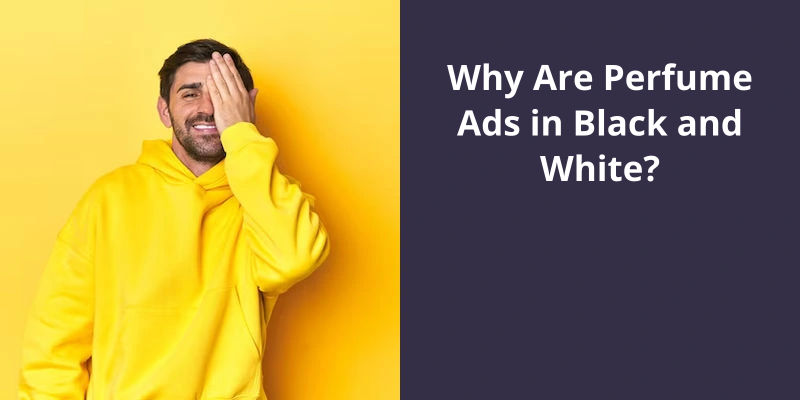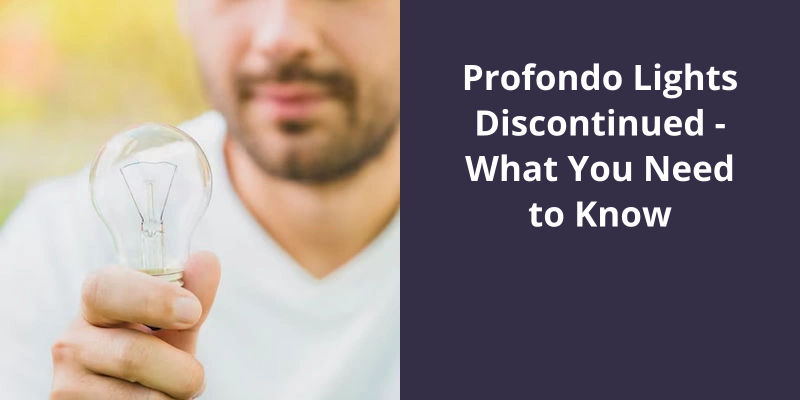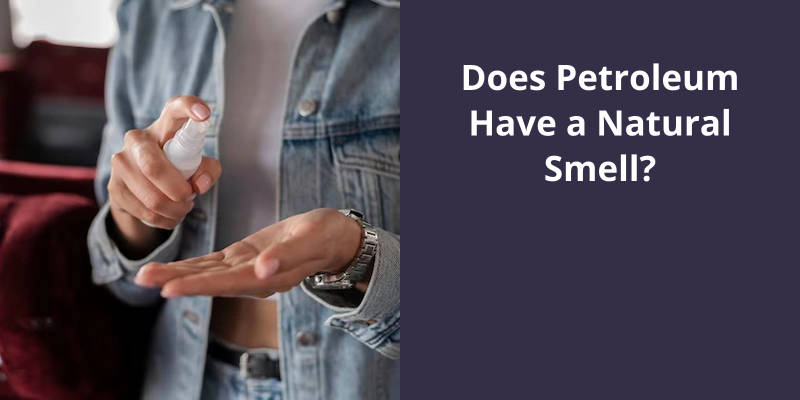Perfume ads are often in black and white because the emphasis is on creating an emotional connection with the viewer, not just showing the product. The lack of color is a method to create a sophisticated, timeless, and classic feel, stirring up emotions within the customer. Additionally, rendering the images in black and white highlights the contrast, focuses on the subject matter and adds depth to the image, making it more eye-catching. Black and white also underscores the mysterious and alluring nature of perfumes, while allowing brands to evoke certain eras or a nostalgic feel that ties back to the scent. This method calls more attention to the perfume’s feel and essence, rather than its physical attributes.

Why Are Perfume Commercial So Weird?
In other words, a large number of people enjoy the idea of living a luxurious, romantic lifestyle. The fragrance industry is smart to appeal to this desire, as it creates a sense of desire and aspiration in the viewer. However, simple luxury doesn’t sell perfume. Thus, each advertisement must create a unique story that conveys a particular emotion to the viewer.
With this in mind, fragrance commercials often come across as strange or weird. The story being told can, at times, be abstract or surreal, making it difficult for the viewer to understand what’s happening. However, this strangeness is ultimately what helps to sell the fragrance. The dreamlike nature of these commercials makes the viewer feel as though they’re being transported to another world, one where luxury and sensuality are the norm.
Another reason that perfume commercials are so weird is that they’re often directed by famous filmmakers or photographers. These artists are hired to create a unique, visually stunning commercial that will stand out from the rest. Directors like Baz Luhrmann and Sofia Coppola have become famous for their fragrance commercials, which often feature elaborate sets, costumes, and storylines. However, these creations can sometimes be too weird, taking the viewer out of the emotional space that the fragrance is trying to create.
The Use of Symbolism and Metaphor in Perfume Advertising
Perfume companies use symbolism and metaphor in their advertising to create an emotional connection with consumers. These advertising strategies use images, words, and symbols to expresses the fragrance and stimulate the senses. For example, a perfume brand might use an image of a flower to signify femininity or use words like “seductive” or “irresistible” to evoke a certain feeling. These advertising techniques are meant to appeal to the subconscious and encourage consumers to purchase the product.
While some may question the effectiveness of perfume ads, the truth is that they’re highly successful at promoting and selling fragrances. Despite their elaborate nature and seemingly unrelated concepts, these ads are specifically designed to appeal to consumers’ emotions and desires, ultimately convincing them to purchase the advertised scent.
Do Perfume Ads Work?
While perfume ads may not be the most straightforward in terms of showcasing a products features, they’re incredibly effective in creating a particular association in a consumers mind. Perfumes often come with intricate and complex emotions attached to them, and advertisements aim to evoke and embody those emotions. Brands have to rely on metaphors and imagery to convey these emotions to potential consumers.
For instance, they often feature stunning visuals and music to create an atmosphere that immerses viewers in the product. Celebrities, fashion icons, and other public figures also appear in these ads to add a sense of glamour and prestige to the product.
Another technique used in fragrance advertising is the use of sex appeal. This technique undermines the idea of a fragrance being a product with a set of tangible benefits like most other consumer goods. A scents appeal is relegated to the abstract qualities it possesses, allowing the advertiser to focus on product aspirations instead.
The Psychology Behind Scent and Memory Association in Perfume Ads
Perfume ads often use scents to evoke emotions and memories in consumers. This is because scents are closely linked to our memories and can produce powerful emotional responses. Marketers use this knowledge of scent and memory association to create effective advertisements that tap into the subconscious desires of their target audience.
Source: Why do perfume ads make no sense?..
Perfume advertising has been a subject of controversy for a long time due to the sexualized imagery often used in these ads. However, there’s an intimate connection between scent and sex, and the advertising industry has been leveraging this for years. By playing on our deep emotional connections to scent, perfume ads provoke alluring fantasies and create an erotic atmosphere that attracts potential buyers.
Why Are Perfume Ads Sexualised?
Perfume ads have been known to be sexualised for many years. The reason for this can be traced back to the close link between scent and sex. Our sense of smell has been shown to be strongly connected to our emotions and sexual desires, making it a powerful tool for advertisers to exploit. By linking their product to sexualised imagery, perfume companies can tap into our deepest desires in a way that few other products can.
Unlike a piece of clothing or a piece of jewellery, perfume can’t be seen, only smelled. As a result, companies have to find ways to create an image of their product in the minds of potential customers.
Of course, the link between scent and sex isn’t new. For centuries, people have been using perfume as an aphrodisiac, with scents such as musk and sandalwood known for their ability to enhance sexual desire. Perfume companies have simply taken this idea and used it to their advantage, tapping into our primal desires in order to sell their products.
However, it seems unlikely that companies will abandon this strategy anytime soon, as it’s proven to be a highly effective way of selling their products.
Body spray advertisements have a history of stirring up controversy on social media platforms. Many brands often find themselves embroiled in public backlash, with users raising concerns that the advertisements promote sexist tropes and reinforce gender-based violence. One recent example of such backlash concerns a popular perfume brand, whose videos sparked widespread outrage among social media users. Many people complained that the advertisements sought to glamorize sexual violence against women, leading to a heated online debate about the role of gender stereotypes in advertising. But what makes body spray advertisements so controversial, and what’re the potential consequences of perpetuating harmful narratives in the media? Let’s take a closer look.
What Is the Controversy With Body Spray Advertisements?
In recent years, body spray advertisements have come under fire for their questionable content. One particular ad campaign for a popular perfume brand has sparked controversy due to it’s suggestive nature. Social media users have voiced their concerns over the brands attempt to link their product with sexual violence against women.
The advertisements in question feature a close-up of a womans body, with a male voiceover encouraging men to “embrace the chaos” and “make the world theirs.”. Critics argue that this type of messaging reinforces harmful gender stereotypes and promotes toxic masculinity. The brand has attempted to defend their campaign, claiming that it’s meant to be playful and not to be taken seriously.
The controversy surrounding these ads highlights the ongoing debate about the role of advertising in perpetuating harmful social norms. Many argue that companies have a responsibility to promote positive messages and not contribute to a culture of violence or objectification. Others argue that advertising is simply a reflection of societal attitudes and that it isn’t the job of marketers to police morality.
Moving forward, it’s likely that we will continue to see more heated debates over the role of advertising in shaping cultural norms. As consumers, we’ve a responsibility to hold companies accountable for the messages they promote and to demand that they do better. Only then can we hope to create a world where harmful attitudes and behaviors are no longer normalized.
Perfume and fragrance companies are known for their lavish advertising campaigns that aim to capture the essence of their products. From television commercials to billboards to in-store samples, they leave no stone unturned in getting their scents noticed by the masses. In fact, according to industry experts, perfume companies collectively spend a whopping $800 million on advertising every year. But why do they invest so heavily in promoting their fragrances? Let’s find out.
How Much Do Perfume Companies Spend on Advertising?
Perfume companies invest heavily in marketing to ensure that their products stand out in a crowded and competitive marketplace. Advertising is a crucial part of the marketing mix, and companies spend billions of dollars each year to promote their fragrances to consumers. Some of the largest perfume companies in the world, such as Chanel, Dior, and Estee Lauder, spend hundreds of millions of dollars annually on fragrance advertising alone.
For example, television commercials and full-page magazine ads are among the most expensive forms of advertising, while social media campaigns and influencer partnerships can be more cost-effective. However, perfume companies often use a mix of different advertising channels to reach consumers at different stages of the purchase journey, from awareness and interest to purchase and loyalty.
The Effectiveness of Different Advertising Channels for Perfume Companies in the Digital Age
- Social Media Advertising
- Search Engine Advertising
- Influencer Marketing
- Email Marketing
- Video Advertising
- Banner Advertising
- Native Advertising
Conclusion
In conclusion, the use of black and white in perfume advertisements is a deliberate choice made for the purpose of enhancing the brand's image and promoting a sense of opulence and sophistication. These ads aim to appeal to a particular segment of society that values luxury and class, and it’s important that the brands communicate this through their marketing efforts. The selection of colors in branding materials has a significant impact on how consumers perceive a product or service, and the use of black and white in perfume ads is just one example of how businesses leverage color psychology to their advantage. By taking these factors into account, brands can create compelling and memorable advertisements that resonate with their target audience and help establish their reputation as a top-tier brand.





